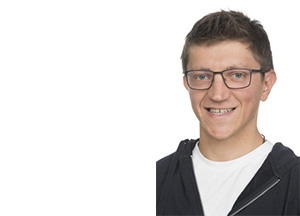
Olivier Bleu, Monash
O. Bleu, K. Choo, J. Levinsen and M. M. Parish
We consider the scenario of an emitter embedded in a nonideal cavity. Using an input-output approach to describe the open system, we show that an effective dissipative coupling between the emitter and the cavity can emerge because of their interaction with a common photonic environment [1].
This dissipative coupling can give rise to physical effects that do not occur in closed light-matter coupled systems. In particular, it can lead to the level attraction between the emitter and cavity mode, a phenomenon that have been reported in several independent photoluminescence experiments in semiconductor microcavities [2, 3, 4]. We also highlight that hybrid light-matter exceptional points and bound states in the continuum can be realized within this model.
[1] OB, K. Choo, J. Levinsen, M. M. Parish, arXiv:2301.02221 [2] T. Tawara, et al, Opt. Express 18, 2719 (2010) [3] S. Dhara, et al, Nature Physics 14, 130 (2018) [4] M. Wurdack, et al, Nature Communications 14, 1026 (2023)About the presenter
Dr Olivier Bleu is a Postdoctoral Research Fellow working with Prof Meera Parish and Dr Jesper Levinsen at Monash University within FLEET’s Research themes 2: Exciton superfluids. His research interests include Berry curvature and related effects, topological photonics, Bose-Einstein condensates and exciton-polariton physics.
